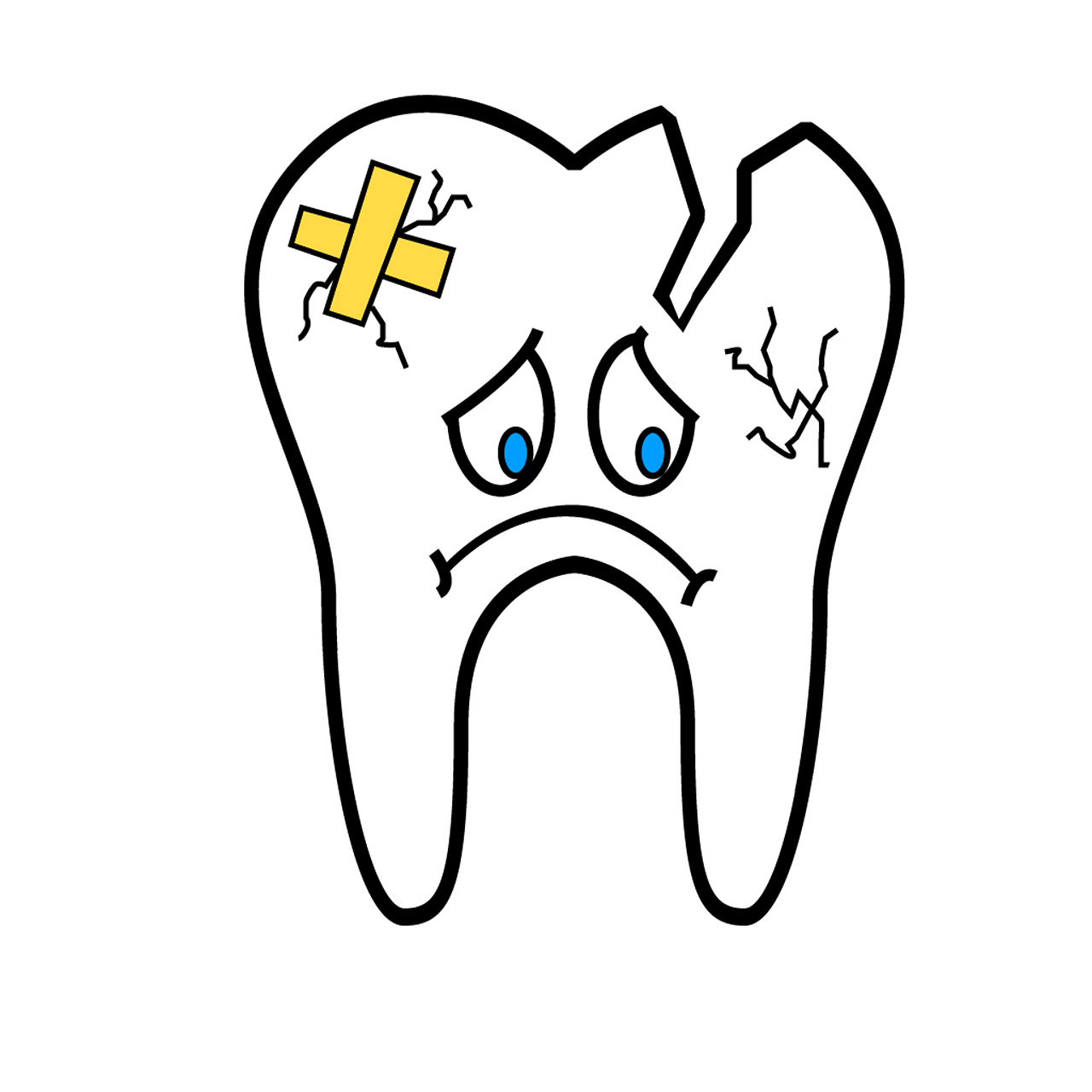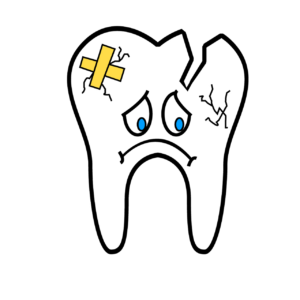Semi-Damaged Tooth Should be Repaired or Extracted?
If you have a semi-damaged tooth, you usually have two options: repair it with root canal treatment or extract it. These are two procedures that dentists use to treat damaged or infected teeth. Comparing root canal and tooth extraction can be a very difficult decision, but learning more about the two of them just might help you decide which route to go through.
Repairing vs Extracting Teeth?
Root canal therapy is a treatment that saves teeth with damaged, dead, or diseased pulp, which can still be viable to the mouth. The pulp is the innermost layer of the teeth that gives it healthy blood flow. It can be damaged when there is a crack in the tooth or a cavity develops. In both situations, bacteria from the mouth can get inside the tooth and reach the pulp, leading to infection and swelling, and the eventual deal of the important tissue of the pulp.
On the other hand, there are times when the dentist just cannot save the tooth, and will have to be removed. This can happen when the cavity is too large that it has compromised the structure of the tooth, deeming it too weak to be repaired. A tooth with severe fracture has extraction as the best option. According to the American Dental Association (ADA), a tooth with a crack extending below the gum line is a top candidate for removal.
What is Root Canal Therapy?
A root canal is quite easy. Once the area is numbed, the dentist makes an opening in the teeth and removes the dead or diseased pulp. When the pulp is removed, the emptied chambers are carefully cleaned and filled with gutta-percha, which is a dental material that will replace the damaged pulp. A crown can be placed over the tooth to restore its strength and appearance. Several visits are required for this treatment, depending on your individual situation.
After the dental procedure, you will feel some pain for a few days. It can range from a dull ache to acute, sharp pain. Still, you should be able to manage this with an over-the-counter painkiller. If you find the pain too intense, or that it returns after repeated medications, see your dentist immediately.
What is Tooth Extraction?
If the tooth needs to be extracted, the dentist will first numb the area so you will not feel any discomfort. Afterward, they will use an appliance called an elevator to loosen the tooth from its socket. They will use forceps as necessary to fully extract the affected tooth. You will most likely not feel any pain during the procedure, but expect some pressure as the extraction is happening which should still be within your comfort level.
Light bleeding and some facial swelling are expected 24 hours after the procedure. You can use ice packs to reduce swelling and inflammation. When it comes to eating, stick to soft and cool foods and beverages that will not irritate the extraction site.
Making the Decision
After examining your damaged or diseased tooth, your dentist will recommend the best treatment option for you. Do not hesitate to share with them your concerns regarding their recommendations. Choosing between a root canal and tooth extraction can be a hard choice, so allow your dentist to guide you through the process of choosing.






 |
|